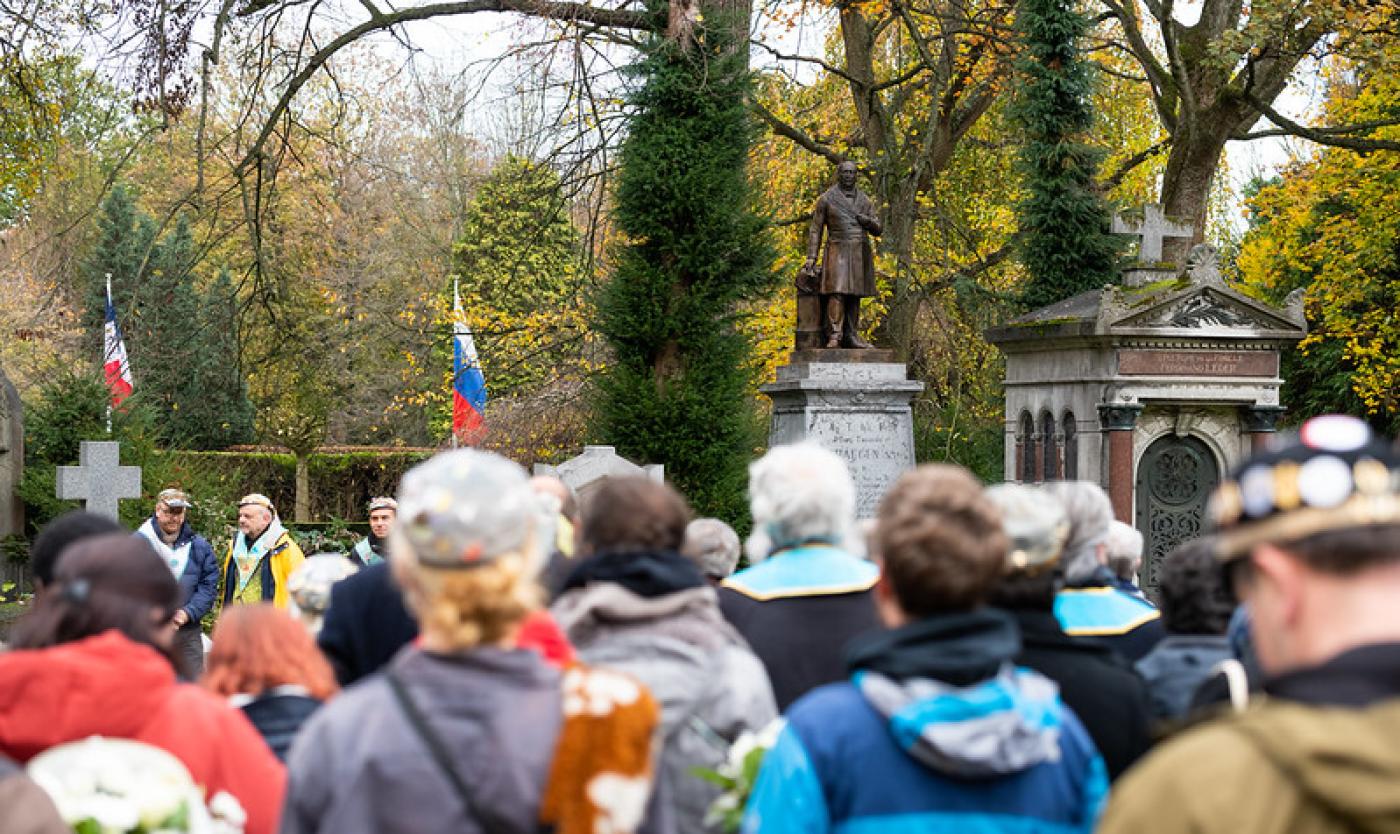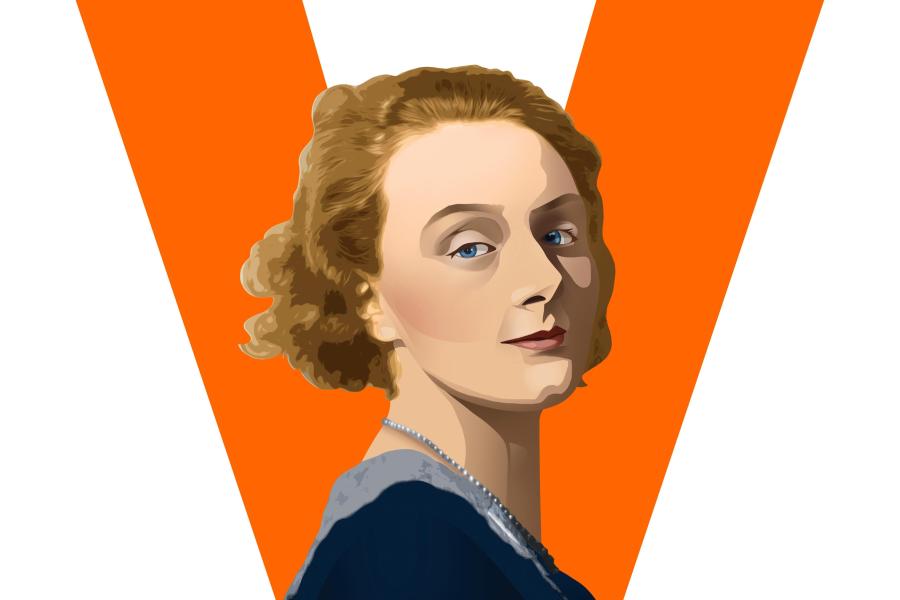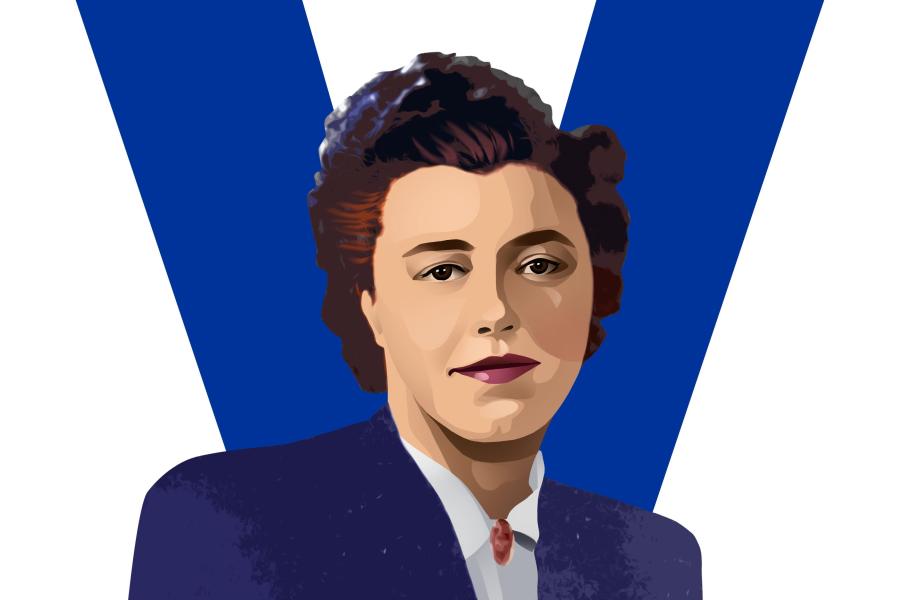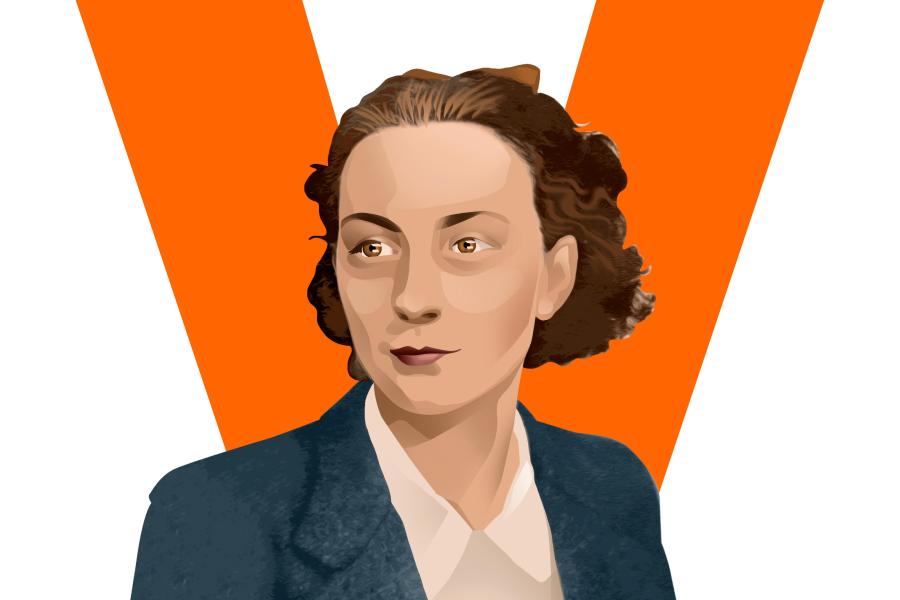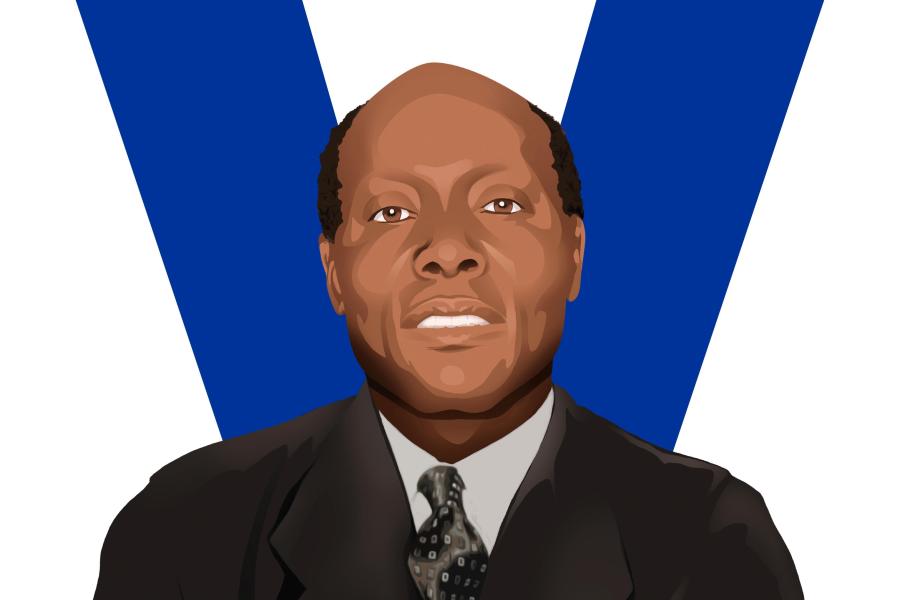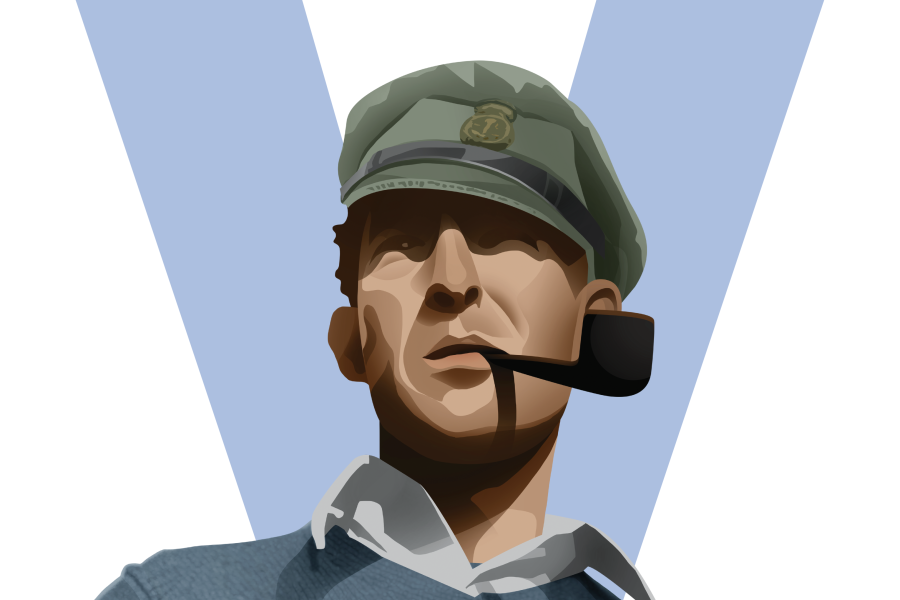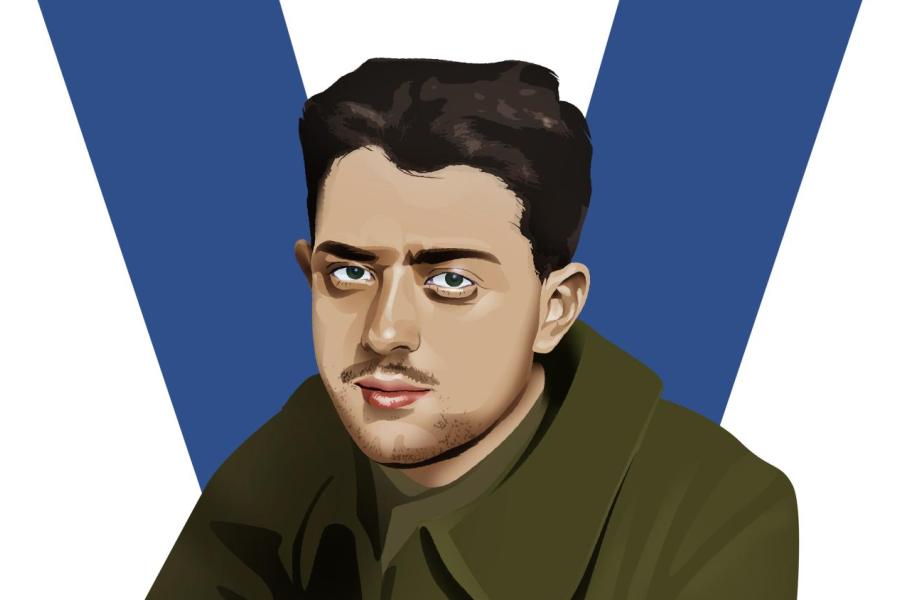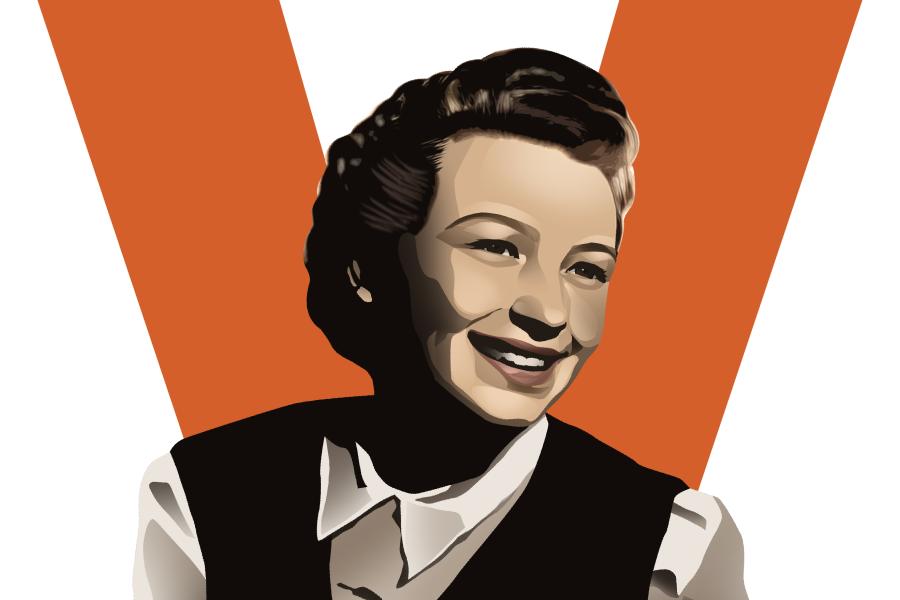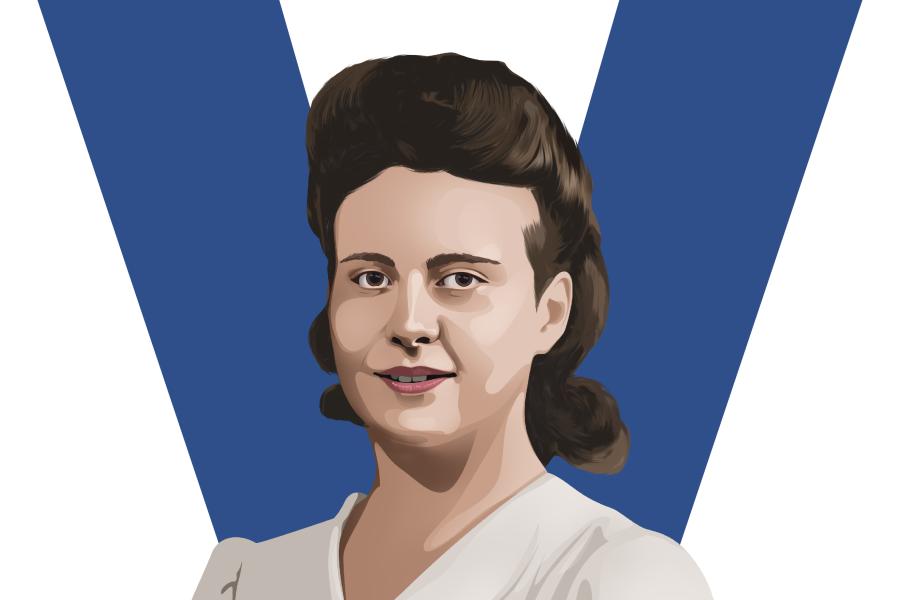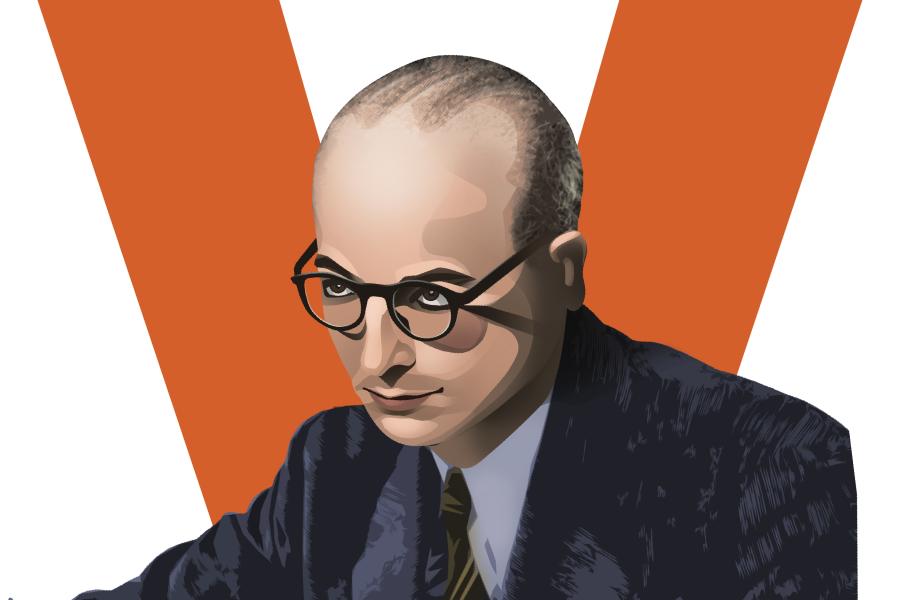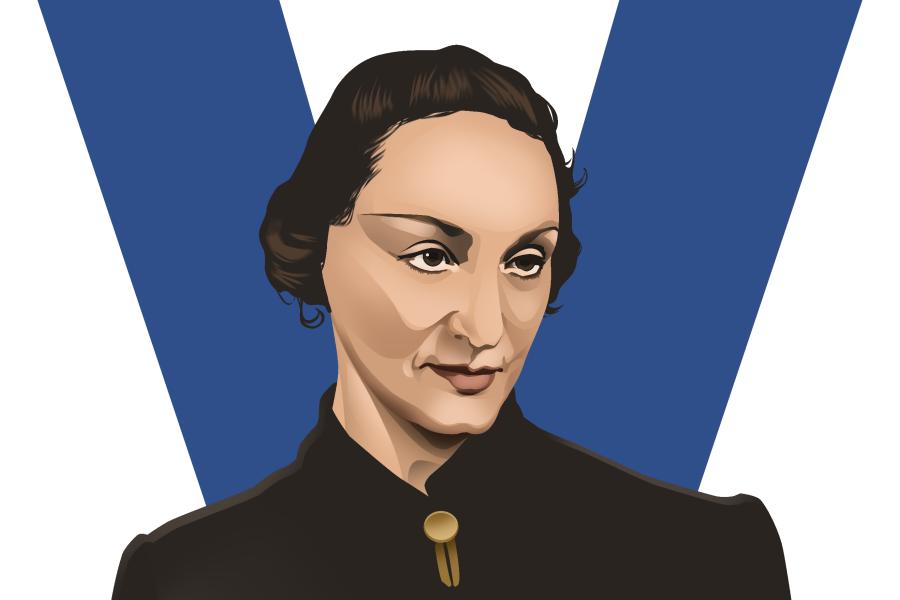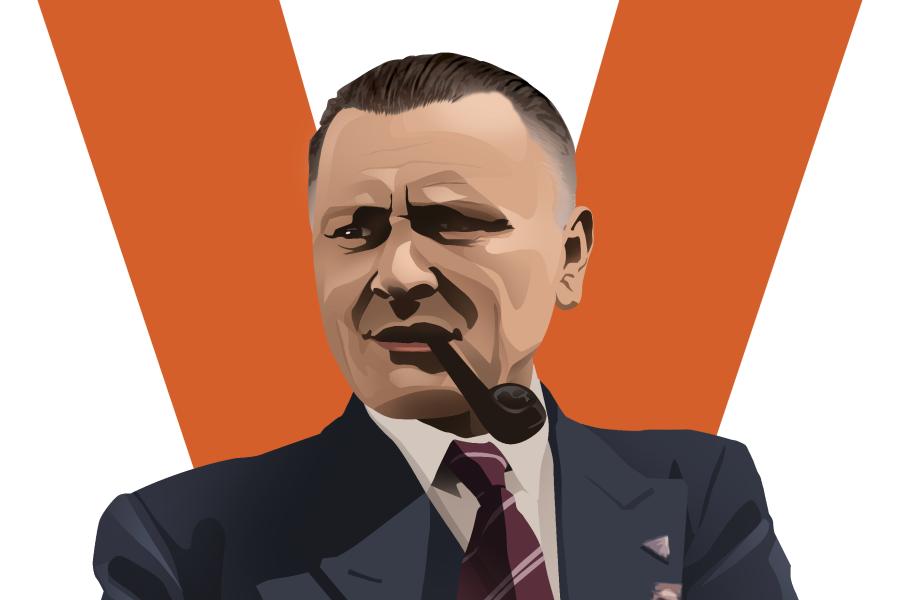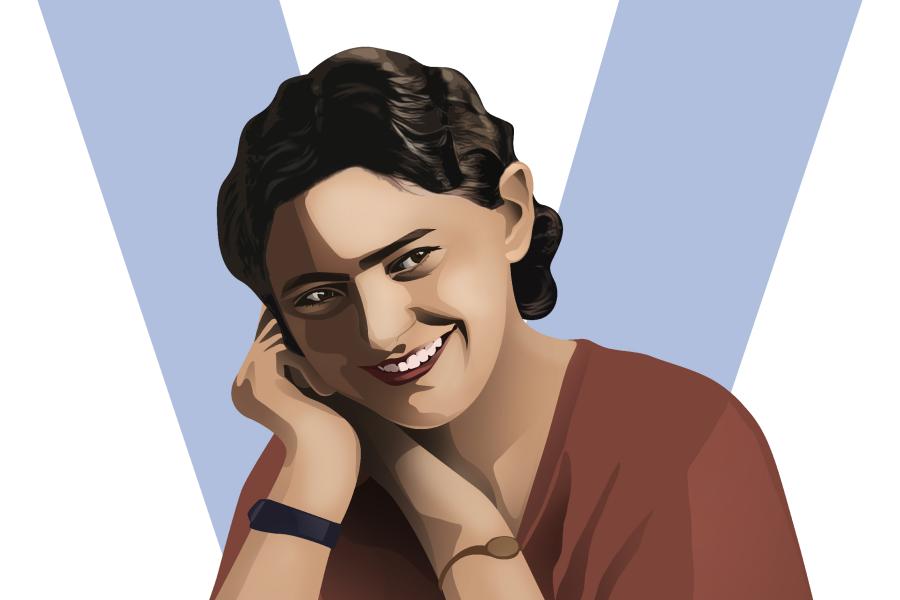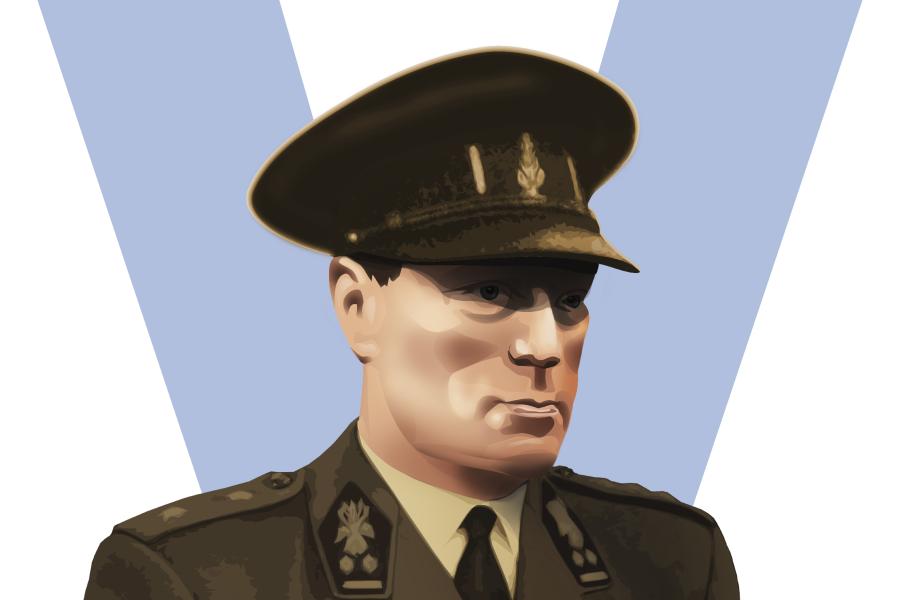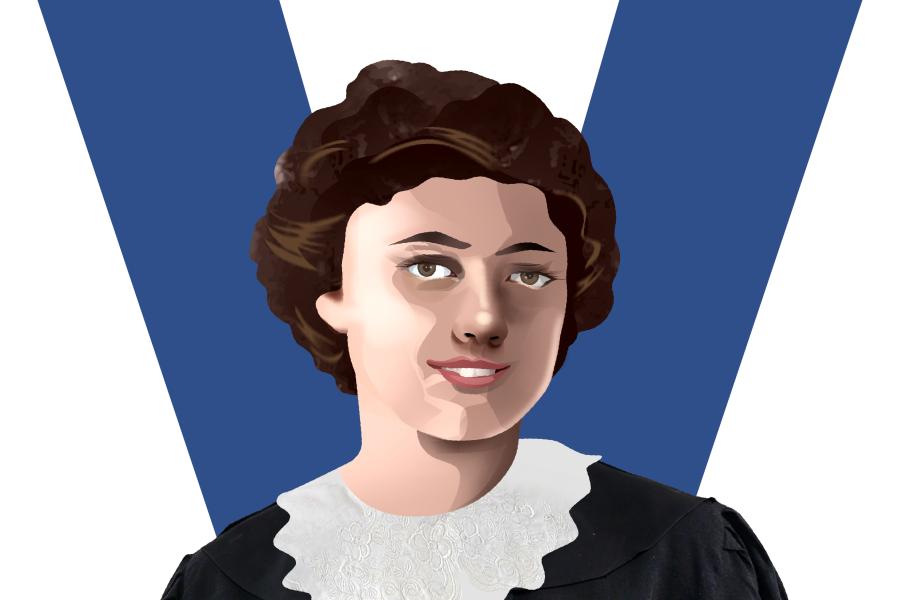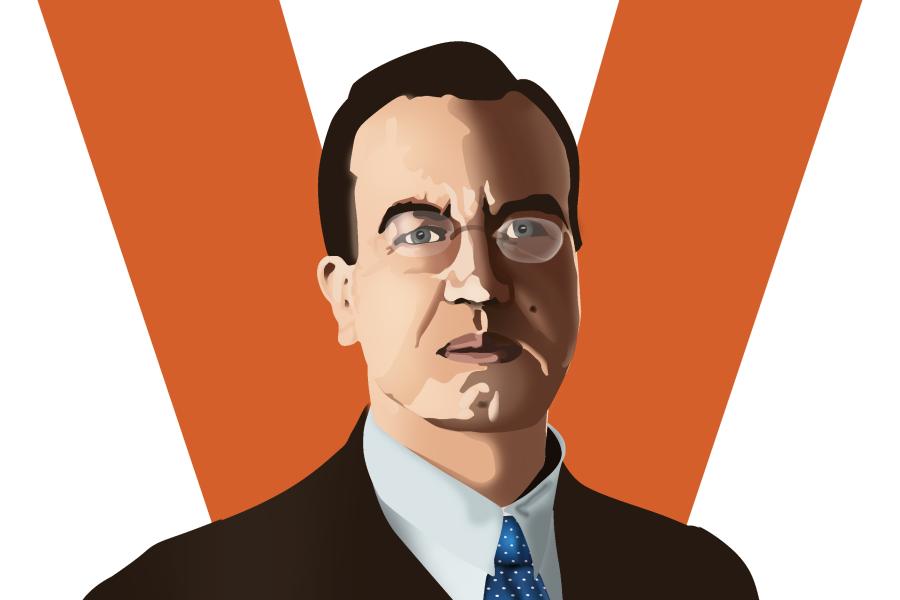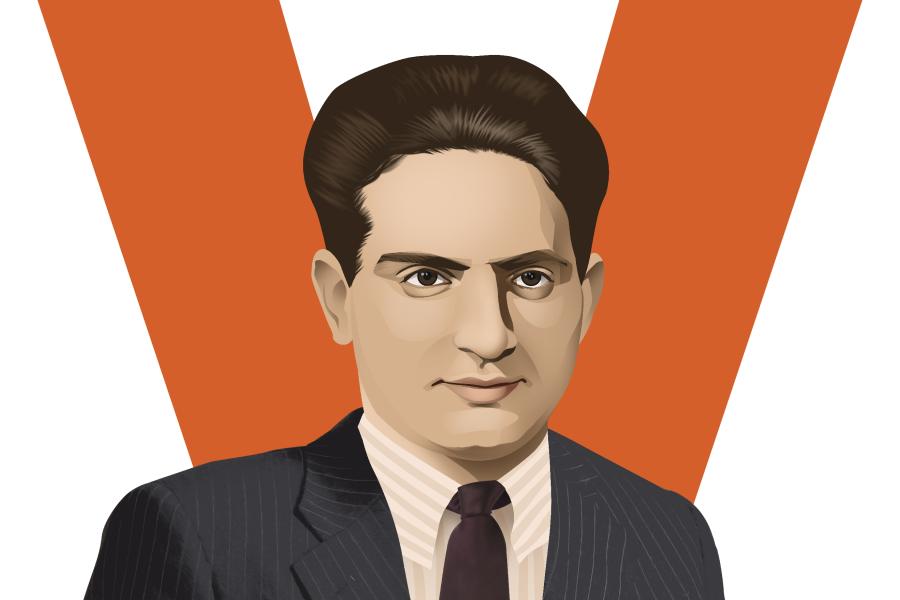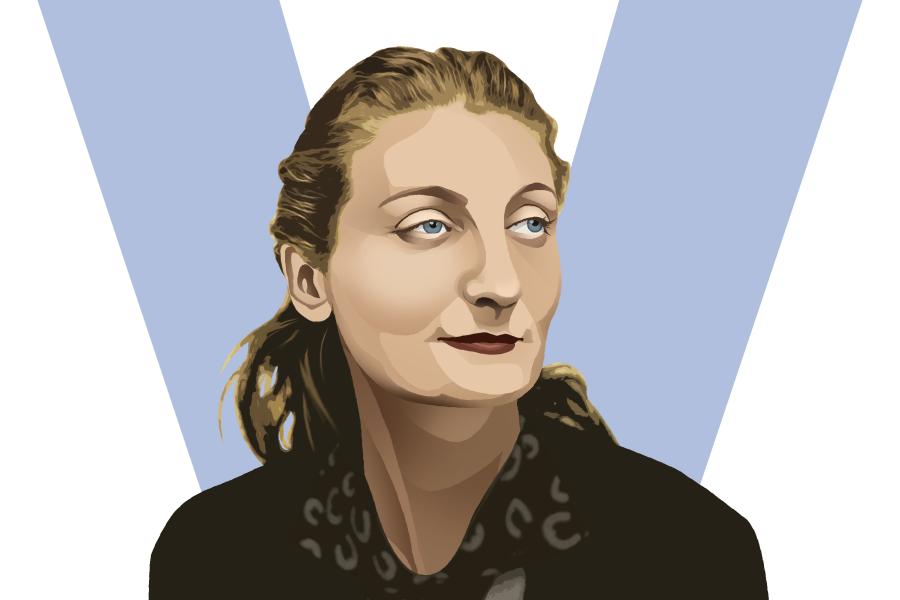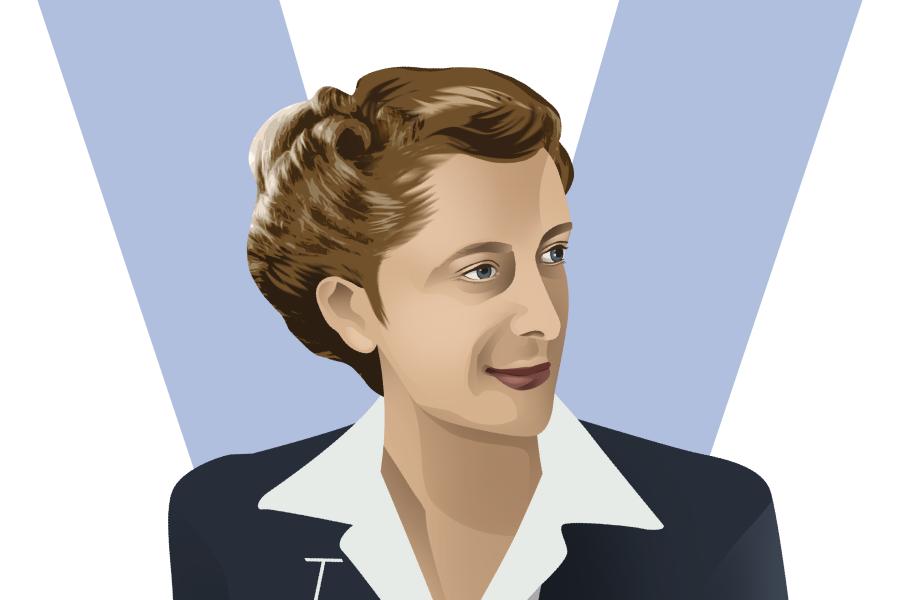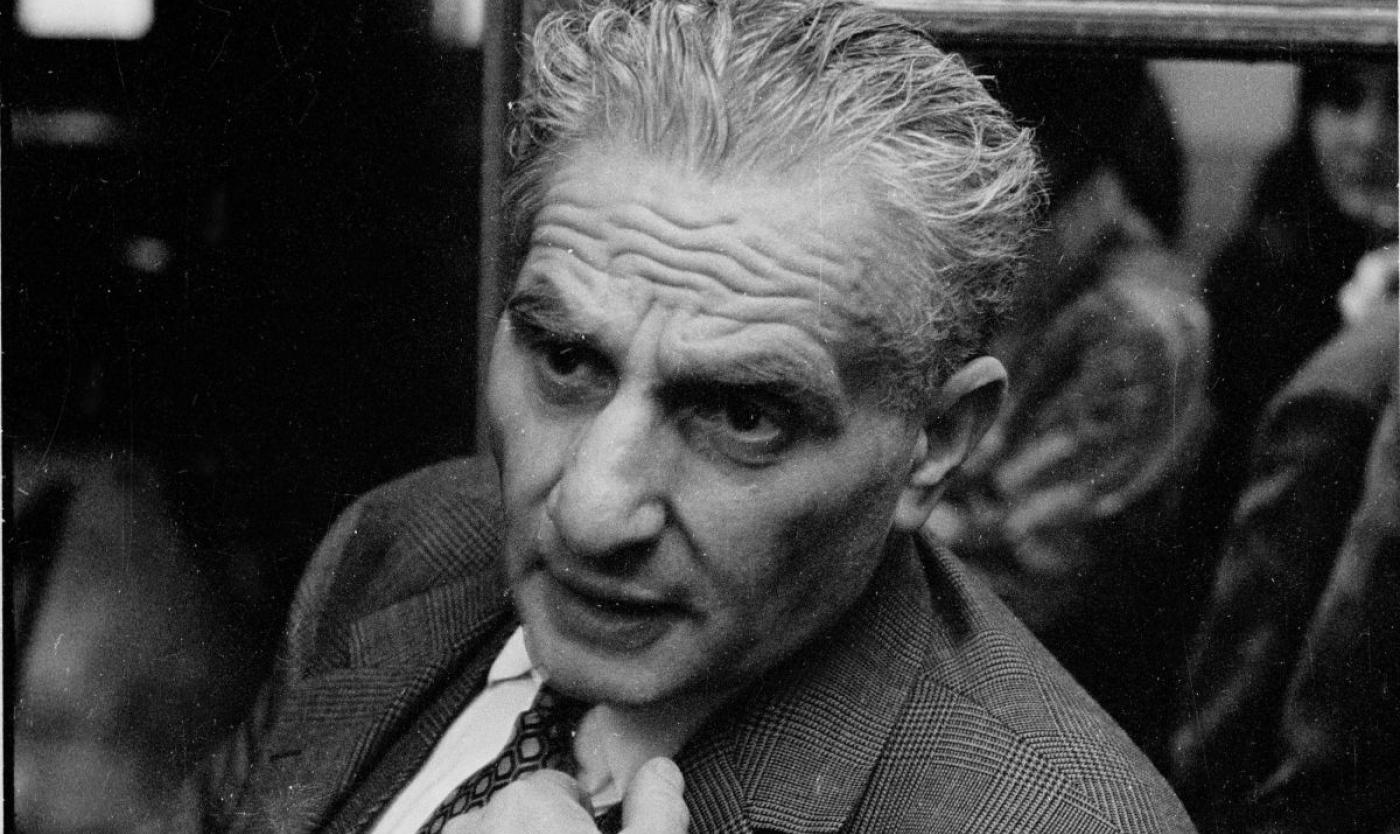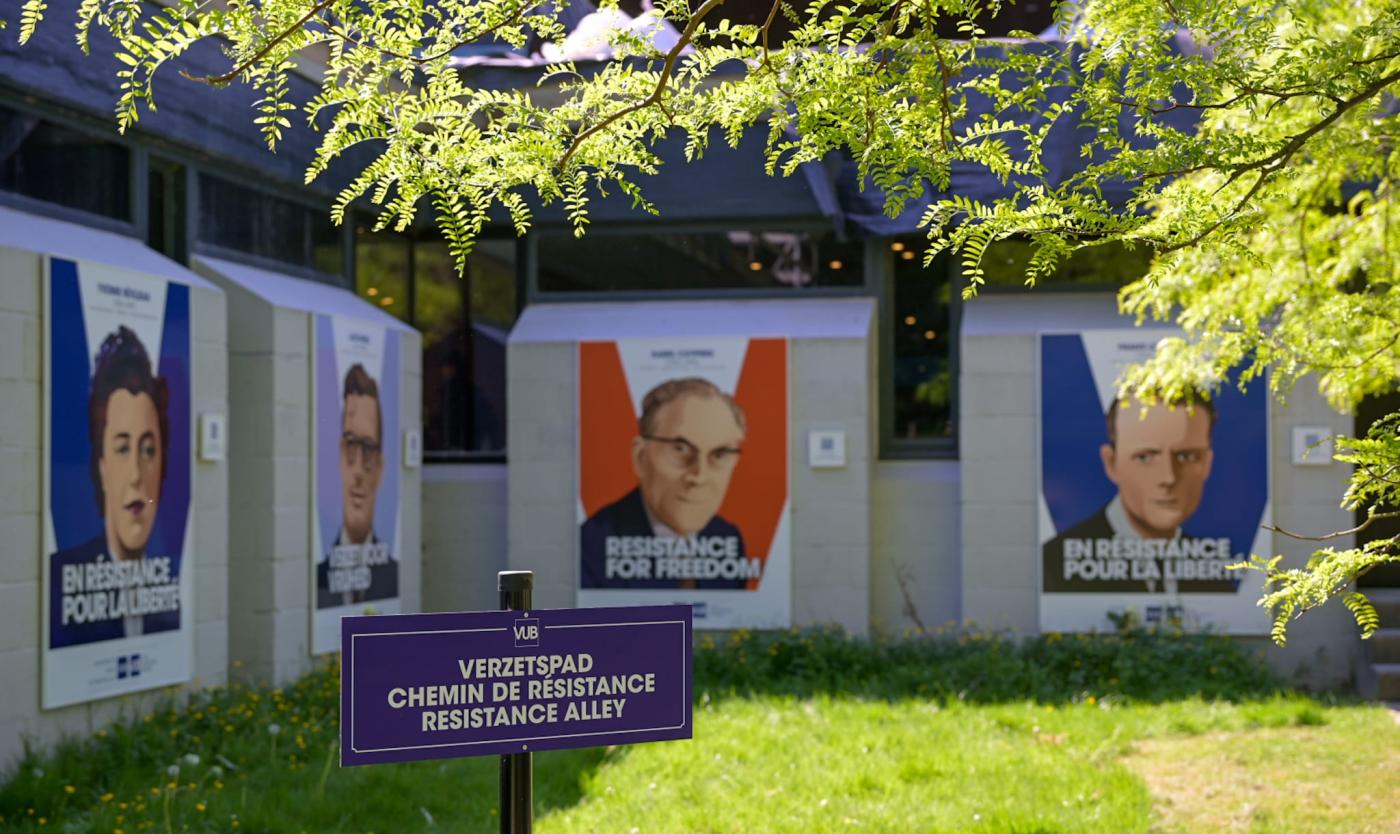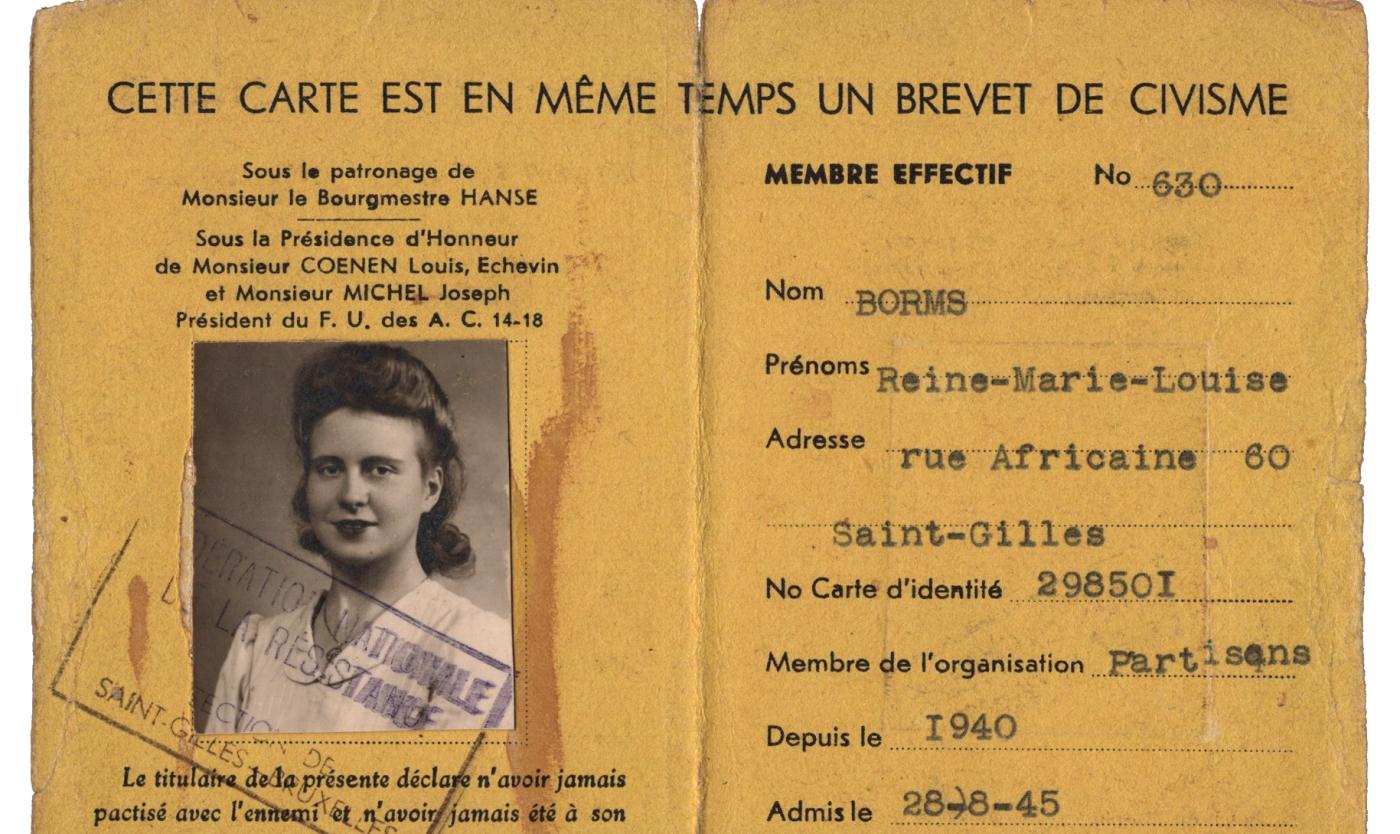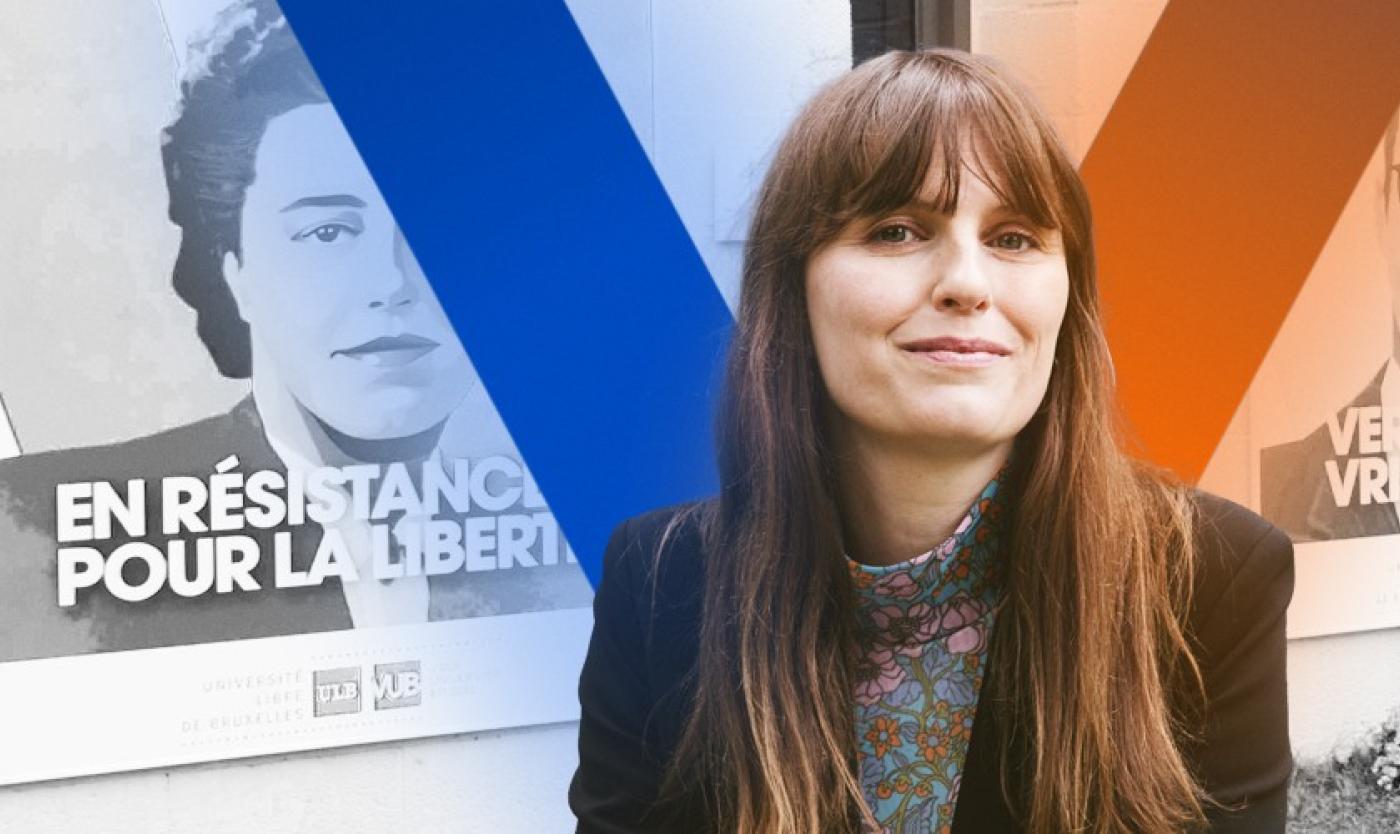Who were these resistance heroes?
Among them: hairdressers, engineers, artists, miners, doctors — but also students, researchers and professors. They paid a heavy price. At least 15,000 Belgians were killed, and many returned broken from the concentration camps.
Curious about their lives? Click on a portrait and discover their stories.
Relive the opening of the Resistance Alley on 8 May 2024 captured on film...
.... and in words: VUB commemorates resistance fighters
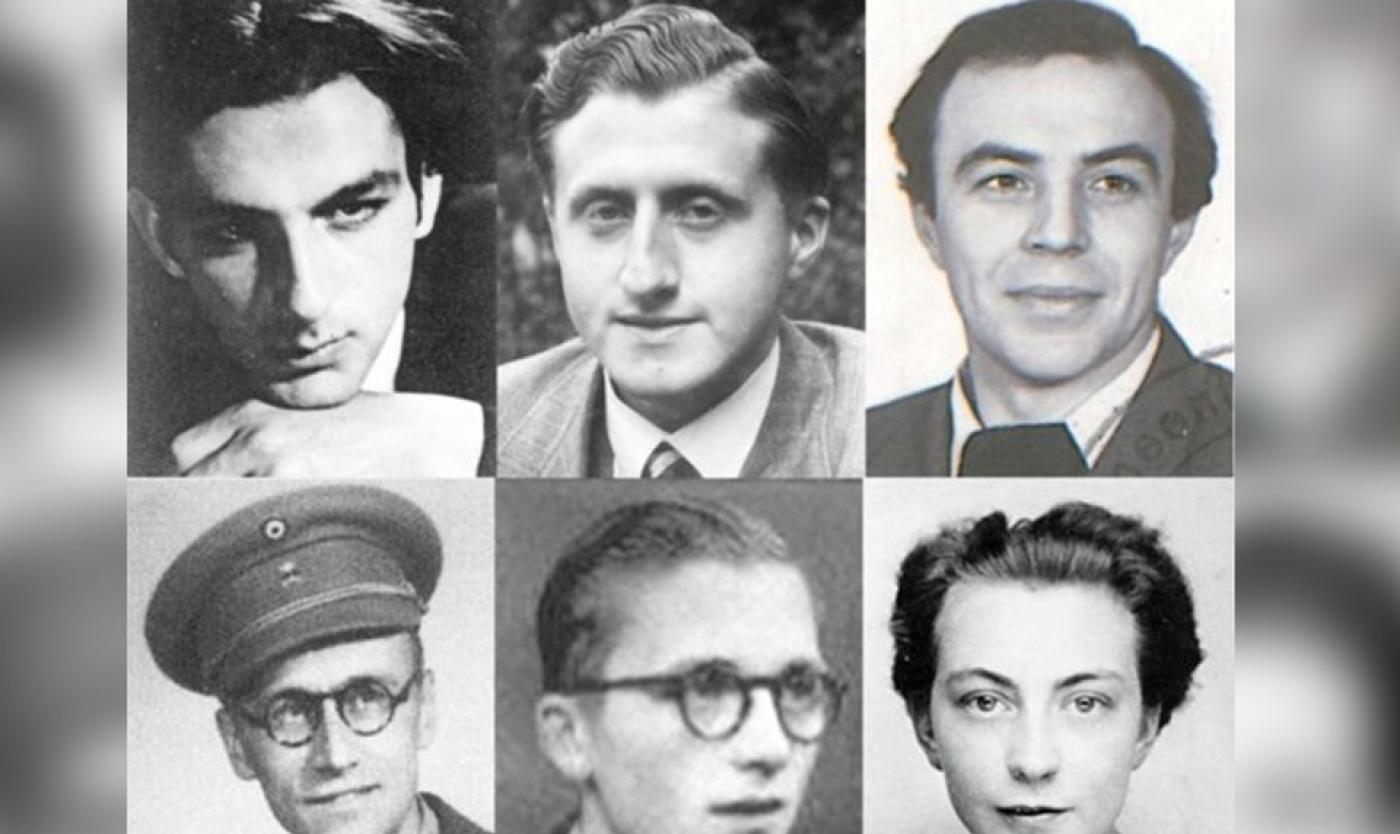
Chair Traces of the Resistance
The VUB Chair Traces of the Resistance is a collaboration between the non-profit Heroes of the Resistance, VUB Research, and the Faculty of Arts and Philosophy. This chair aims to respond to the growing societal need to reinvigorate the memory of the Belgian resistance against the Nazi occupiers.
Discover the Chair Traces of the Resistance
View the photo album marking the launch of the chair
Did you know...
there’s a link between resistance and the Saint-V commemoration?
The history of the VUB is closely connected to the Belgian resistance. On November 25, 1941, ULB – the sister university of VUB – was the only Belgian university to close its doors in protest against German interference in the appointment of professors. Free research came under attack by the occupiers, who saw ULB as a place "where liberalism and Marxism spread their hostility towards fascism and Nazism." Teachers and students continued their lessons clandestinely, and about thirty of them formed the sabotage group Groupe G. Many paid a high price for their active resistance.
Every year, VUB students commemorate the fallen resistance fighters during Saint-V, a tradition that continues to this day. The stories behind these names are often unknown, pointing to a lack of attention to resistance history in Flanders. In 2023, VUB students advocated for May 8 (V-Day in 1945) as a university holiday, and rectors called for a national resistance museum in Knack.
